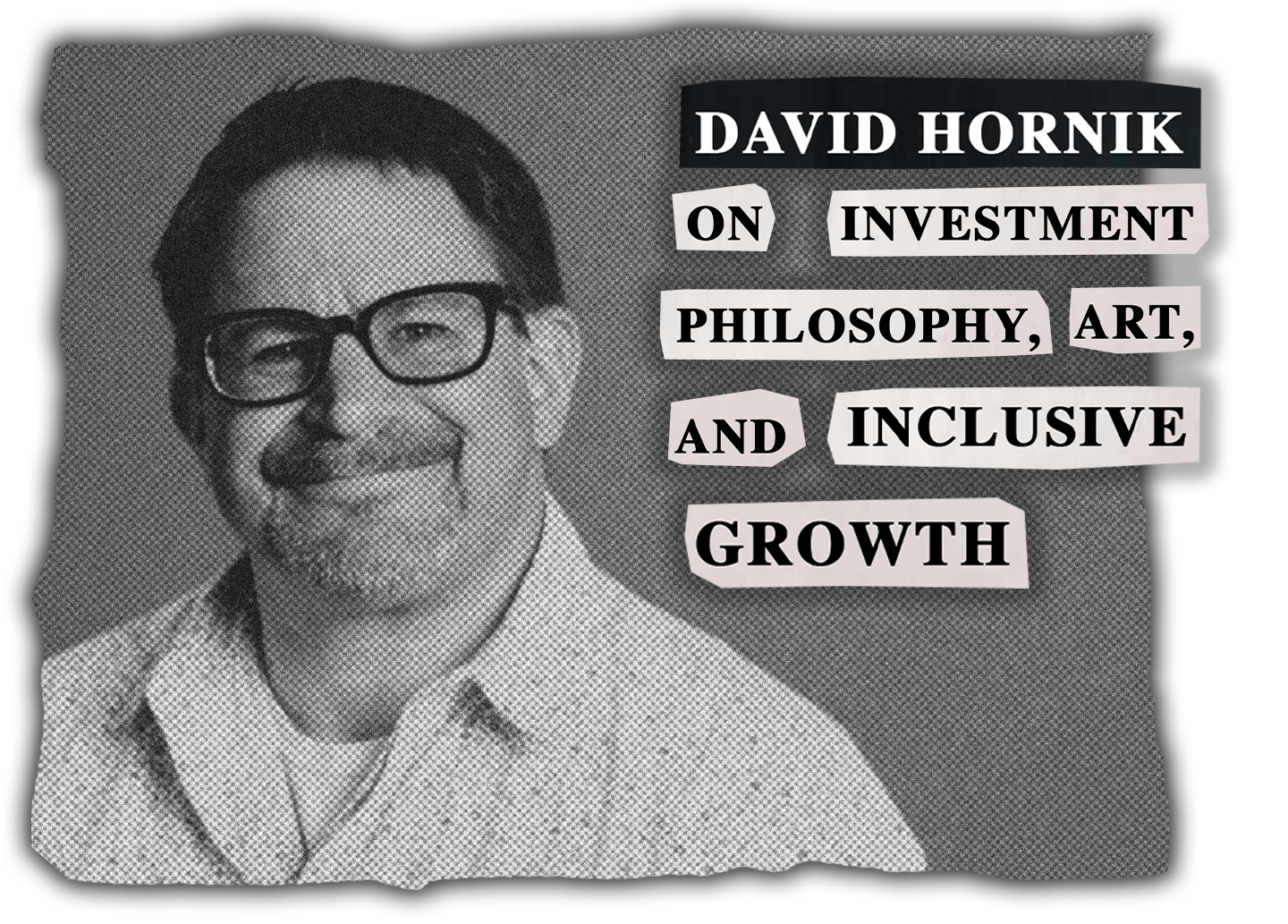David Hornik on Investing, Art & Philosophy - D.F.A., or Please Do, #14:
Plus, how to get LPs from Instacart and Klayviyo IPO, and Navigating the European Investment Landscape: A Guide to Government and Investment Sources
3 words: Really Freakin’ Different.
August Capital stands out in the crowded Silicon Valley VC scene through its unwavering focus on early-stage startups, coupled with investment size flexibility. The firm prioritizes long-term relationships with entrepreneurs, often backing the same founders in multiple ventures. Their partners' broad expertise across tech sectors adds another layer of versatility.
As for David Hornik, he's a standout for his pioneering "human capital" philosophy, which emphasizes the importance of investing in people as much as in companies. His active role as a thought leader and unique legal background further set him apart in a field often dominated by finance and tech experts. Beyond the VC world, Hornik is a serious and avid art collector.
Hornik’s collection, which started in college with international editions of Alice in Wonderland books, has evolved to include cont…
Keep reading with a 7-day free trial
Subscribe to LP Blueprint to keep reading this post and get 7 days of free access to the full post archives.



